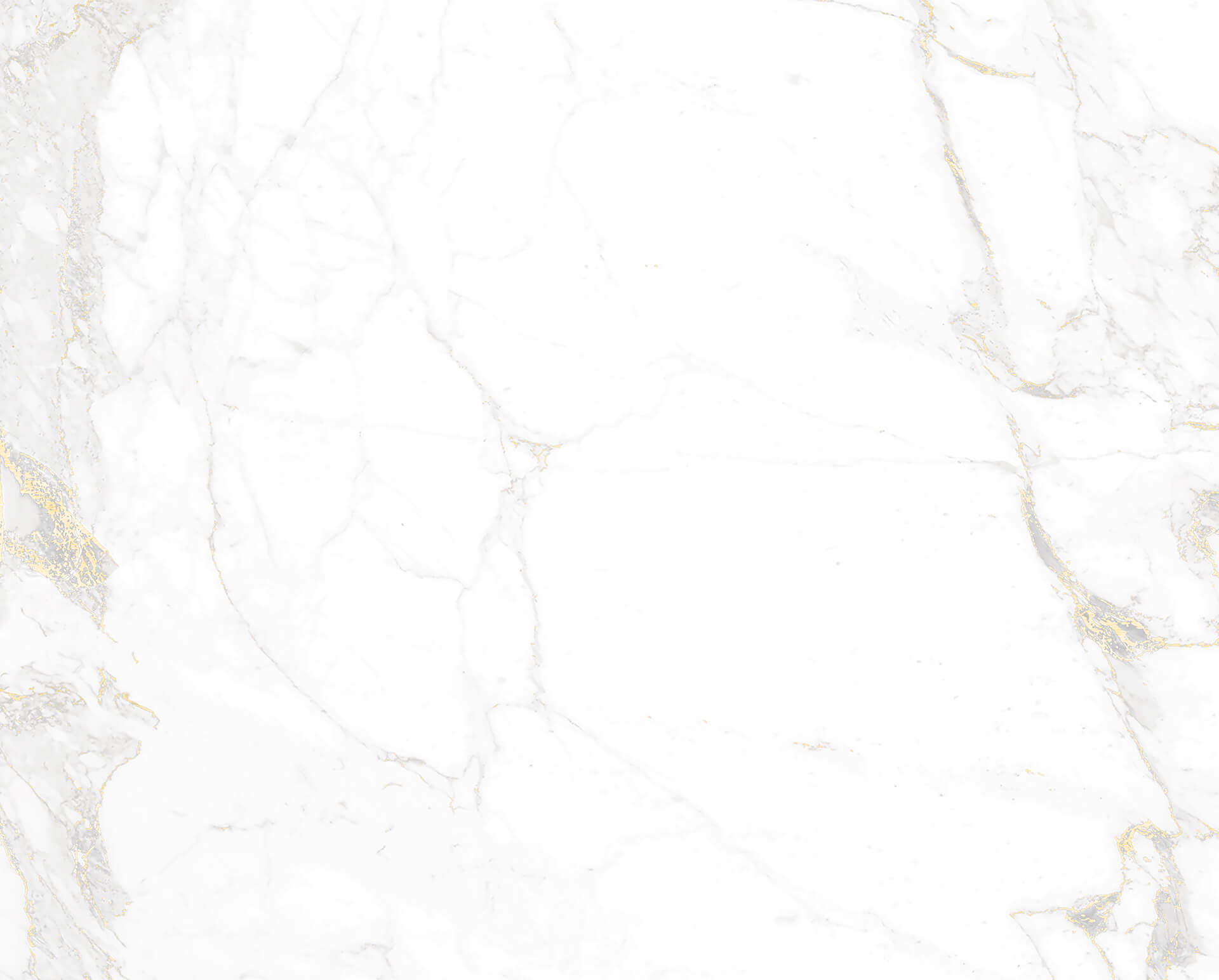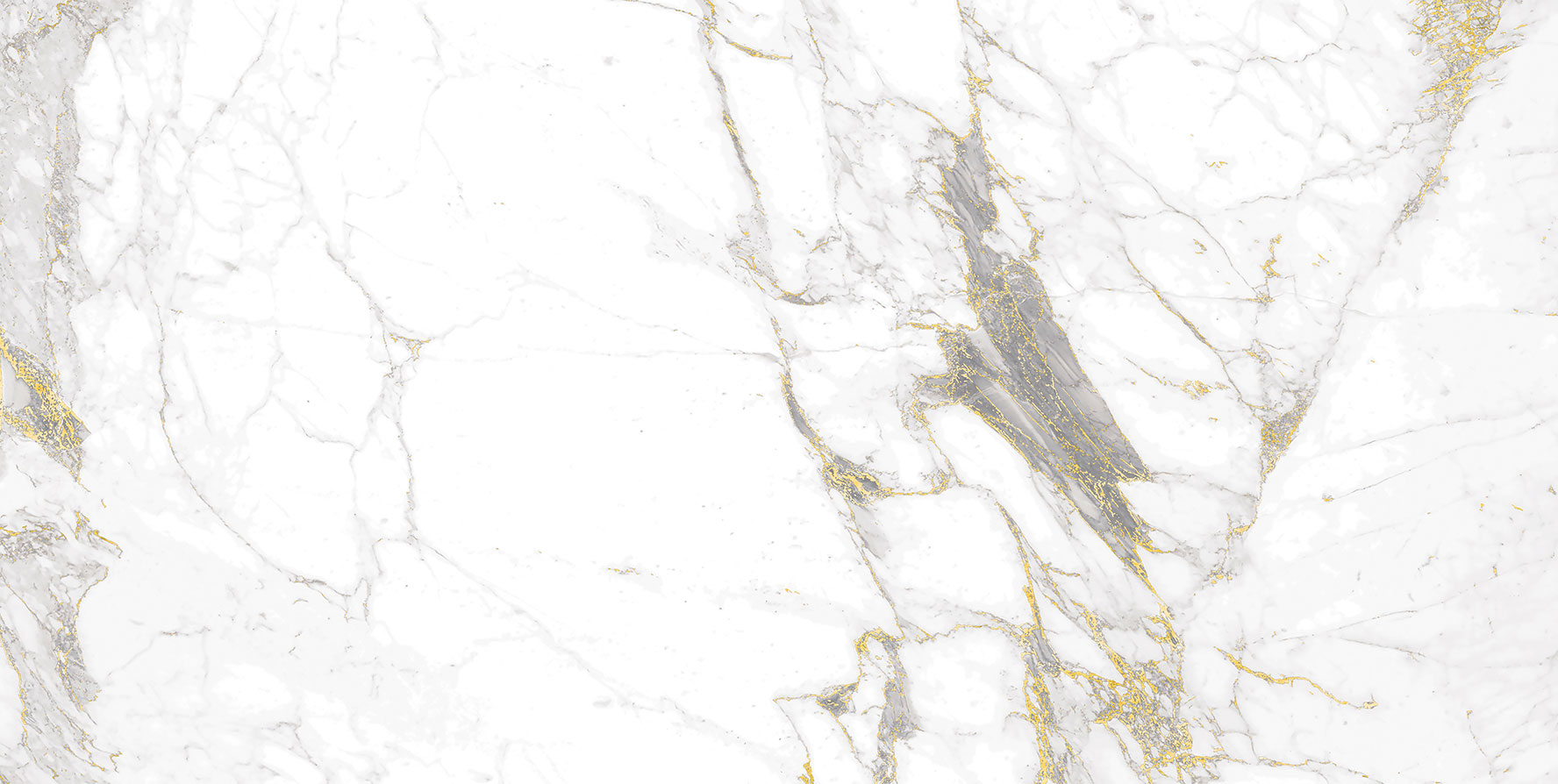It’s not uncommon to see visible acne scarring takes a toll on patients just as much as a face full of active acne.
Having acne can be one bother but having acne scars has become a big aesthetic concern amongst many people.
As people age, acne scarring tends to become more perceivable and noticeable as our skin loses collagen. The key to alleviating the appearance of acne scarring is simply finding a suitable treatment for your scars. Some patients with deep scars, for instance, may require filler to restore the lost volume in the skin. Often, acne scar treatments are followed by laser treatments.
For optimal results, we advise patients see a specialised dermatologist at Quayside Specialists. This gives our team the opportunity to examine the patients’ skin and establish a treatment plan customised to your acne scarring severity.
To some patients’ surprise, however, our specialist dermatologists find it is not acne scarring that is the concern and there is a different underlying skin condition to address. This is why it is important to see a specialist dermatologist, even if you are unsure of exactly what treatment you require for your specific condition.
Types of Acne Scars
Acne scarring is multimodal and is often best to have more than one treatment option available. Which treatment you undergo will depend on the scarring and the severity of the effects on your skin. Atrophic scars appear as divots in the skin and require a procedure to release the contracted areas and restore volume. Types of atrophic scars and what they look like include:
- Ice Pick Scars – Ice pick scars are deep, slim, indented scars. They are most typically deeper than they are wide. They are very common and often described as if the skin has been prodded with a toothpick.
- Boxcar Scars – Boxcar scars are wider than they are deep (dissimilar to ice pick scars) with sharply defined edges.
- Rolling Scars – Rolling scars are broad depressions in the skin. Hence the name, they have sloping edges that appear ‘rolling’.
- Mixed Scars – Some patients have a combination of acne scarring, which can require a fully customised treatment plan to help alleviate the visibility of scarring.
Our dermatologists at Quayside Specialists, Sydney CBD, offers several forms of treatments available for acne scarring, some of which include skin peels, laser treatments, and dermal injectables (fillers).
Acne Scar Causes
When a patient has an acne breakout, the inflamed area penetrates the skin deeply and causes damage to the underlying skin and tissue. As the acne clears, the body will try to repair it.
During this healing process, the body will produce collagen (a structural protein found in the skin). However, depending on how your body responds to the healing process and how much collagen is produced, will depend on the outcome, e.g. the type of scar depends on how much collagen your body makes.
Acne Scar Treatments
Whether you have minor acne scarring, or deep scarring, fortunately, our dermatologist and team of qualified nurses offer several treatments for different types of acne scarring. These can include:
- Chemical Peels – Chemical peels can help reduce visible signs of skin blemishes, fine lines and alleviate uneven skin pigmentation. Results can help patients get their rejuvenated, smoother, youthful skin back.
- Dermal Fillers – If the skin surrounding the acne scar is raised (the scar is sunken), using dermal filler can relax the surrounding skin, which may improve the appearance of an acne scarring.
- Skin Care Regime – Our team may prescribe you various medicated creams, those containing azelaic acid or hydroxyl acids, for example.
- Skin needling – Skin needling, also known as collagen induction therapy, aims to stimulate your skin’s production of new collagen by repeatedly puncturing the skin using sterile, miniscule needles.
- Ablative Laser Treatment – Laser treatment is typically used on scars that were once treated with skin needling, or another previous treatment, for instance.
- Fractionated Erbium Laser (Profractional) – an anti-aging treatment that refreshes and rejuvenates your appearance. Fractional laser resurfacing produces significant improvement of acne scars, reverses sun damage, successfully removes superficial wrinkles, increases skin thickness, and improves skin tone and texture.
There are ablate procedures like lasers which can help resurface and there are other modalities like radiofrequency and whatnot that can also help as well. It’s often a combination of several modalities.

Ask a Question
Please complete the form and one of our friendly team members will be in touch to answer any questions you may have.
Book an Appointment
To book an appointment please complete the form and a member of our friendly team will be in contact to confirm your request.
Risks associated with acne scar treatments
There are some risks and side effects when you use lasers to treat your acne scars. These side effects will vary according to what kind of laser is used, your skin type, and how many treatments you need.
Common side effects from acne scar treatment include swelling, temporary redness, minor tingling or slight pain at the site of the treatment. Pain from laser treatment for acne scars is usually gone after an hour or two. Redness may take up to 10 days to subside.
Acne Scarring FAQs
Our experienced team have answered frequently asked questions regarding this topic and its treatment. If you have a separate question or concern, don’t hesitate to get in touch with our team.
If the acne is active, our team use light-based treatments. Patients describe this feeling as a rubber band snapping on the skin. For acne scarring, the team uses more ablative lasers, and these can be quite uncomfortable, and the patient will be treated with topical anaesthetic to numb the skin beforehand to ease the process.
Therefore, it does depend on the state of the acne and the treatment used. Make an online enquiry today to ask the team any burning questions regarding acne scarring treatment.
After acne scarring treatment, it often comes down to the setting and the laser, but there is some downtime; this can vary from one to three weeks of being red, swollen, dry. Some patients find their skin peeling or start getting superficial erosions.
Nowadays, and certainly in our Sydney clinic at Quayside Specialists, we use a modality that has sort of minimal downtime with the same efficacy, and that will result in a week of a sunburn type healing process, so some redness, a mild swelling and some peeling during the course of a week, and then it settles down fairly quickly thereafter.
Patients generally require more than one session in order to see the maximal improvement in their acne scarring. Our team usually says it requires at least three sessions; however, it depends on how deep and how severe the scarring is and also the other modalities that are being used, either concurrently or sequentially.
It’s always more advisable that we get on top of the active acne early so that we prevent any scarring. We can improve the appearance of scarring, but it can be a long-term goal with multiple treatments that are required.
Acne Scar Treatment Sydney CBD
When you come in to see our dermatologists at Quayside Specialists, Sydney CBD, our team will ensure you feel self-assured about your decision and are fully informed on all the options suitable for your skin needs.
Contact us today to book a consultation or make an enquiry.
